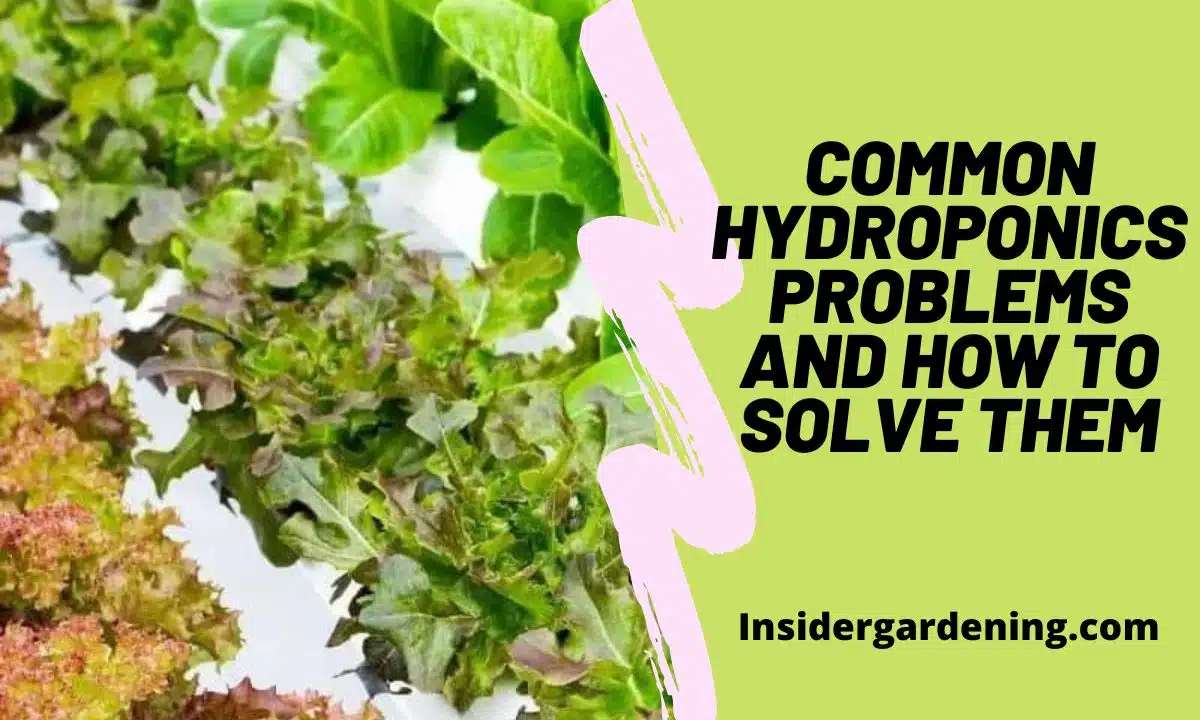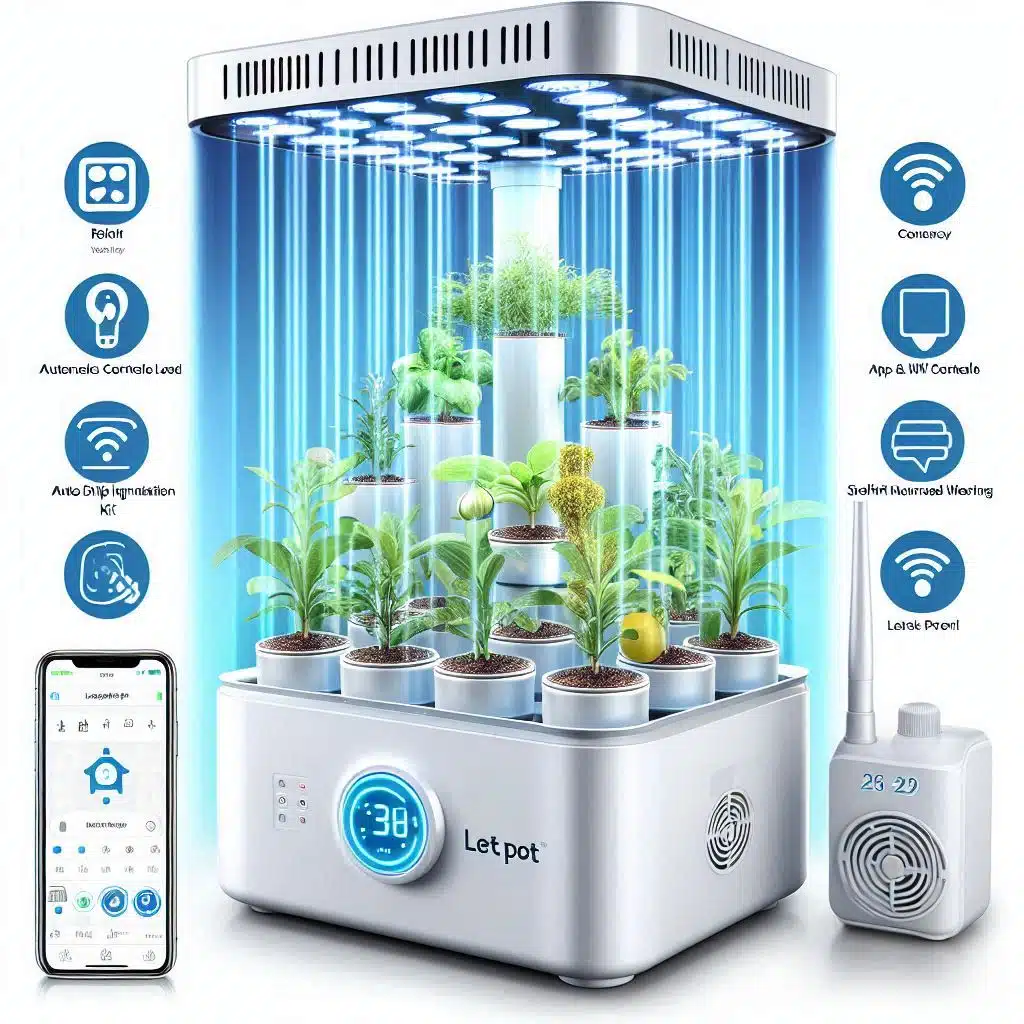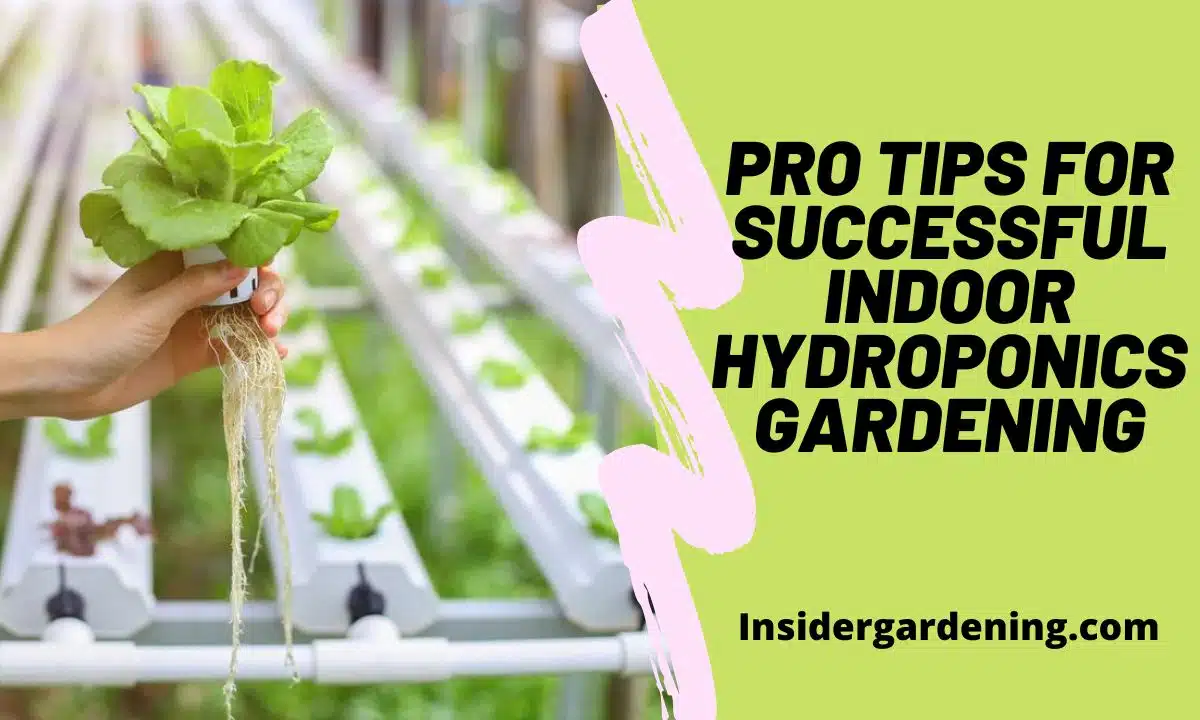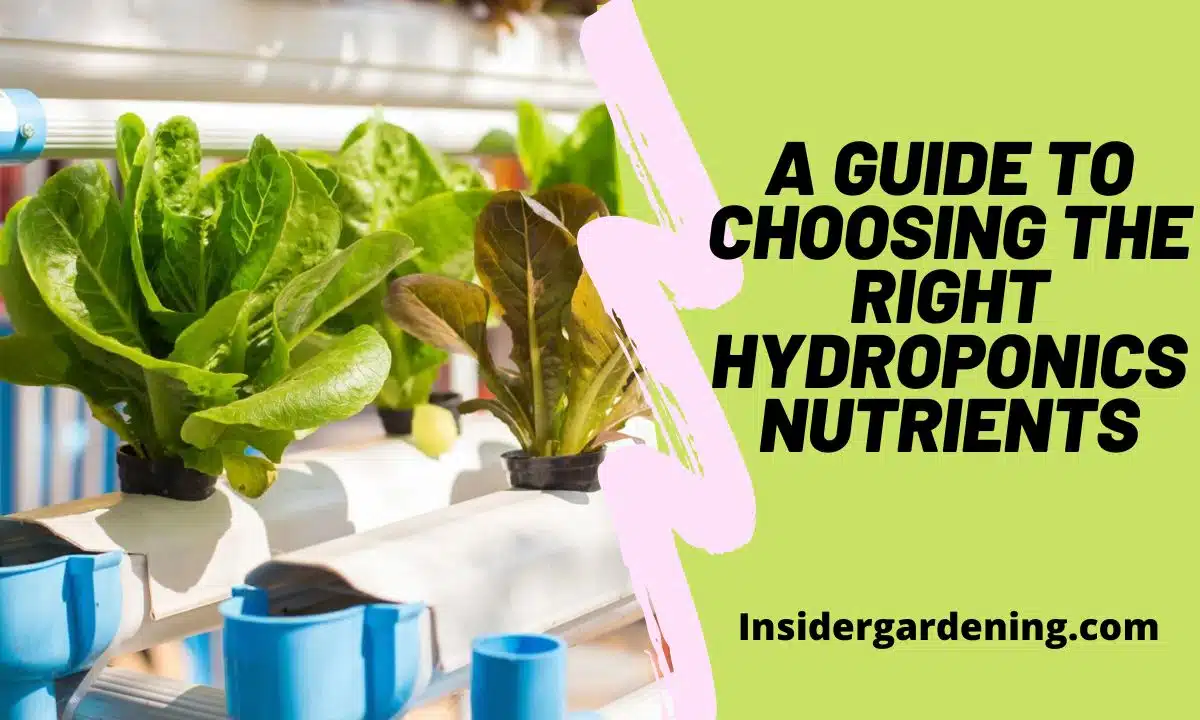Common Hydroponics Problems and How to Solve Them

Hydroponics is an innovative and efficient method of growing plants without soil, but like any gardening technique, it comes with its own set of challenges. If you’re facing issues in your hydroponic garden, don’t worry! We’ve compiled a list of common hydroponics problems and their solutions to help you overcome them and maintain a thriving indoor garden.
1. Nutrient Imbalance
Problem: Nutrient imbalance occurs when the essential minerals and nutrients in the hydroponic solution are not present in the correct proportions, leading to stunted growth and nutrient deficiencies in plants.
Solution: Regularly test the pH and nutrient levels of your hydroponic solution using a pH testing kit and nutrient testing tools. Adjust the nutrient solution as needed to maintain the optimal pH range and nutrient balance for your specific plants.
2. Root Rot
Problem: Root rot is a fungal disease that affects the roots of plants in hydroponics systems. It usually occurs when the roots are constantly submerged in standing water, leading to oxygen deprivation and root decay.
- Symptoms: Wilting, root rot, or slow growth
- Causes:
- Inadequate aeration in the reservoir
- Insufficient oxygen levels in the nutrient solution
- Root bound conditions
Solution: To prevent root rot, ensure adequate oxygenation of the nutrient solution. Use an air pump and air stone to provide sufficient oxygen to the water. Avoid overwatering and ensure proper drainage in the hydroponic system.
- Incorporate an efficient aeration system
- Monitor dissolved oxygen (DO) levels, aiming for 5-8 ppm
- Regularly inspect and trim roots to prevent tangling
3. Algae Growth
Problem: Algae can thrive in the nutrient solution if it’s exposed to excessive light, leading to clogs in the system and nutrient competition with your plants.
Solution: Shield the nutrient solution from direct light exposure by using opaque containers or covering the system. Additionally, maintain cleanliness in your hydroponic setup, regularly cleaning any surfaces where algae might grow.
4. Pests and Diseases
Problem: While hydroponics can reduce the risk of soil-borne pests, you may still encounter issues with pests like aphids, whiteflies, or spider mites.
Solution: Inspect your plants regularly for signs of pests or diseases. Introduce beneficial insects like ladybugs or use organic pest control methods to manage pest infestations. Isolate any affected plants to prevent the spread of pests.
5. Temperature Fluctuations
Problem: Drastic temperature fluctuations can negatively impact plant growth in hydroponic systems. Extreme temperatures can stress the plants and lead to reduced yields.
Solution: Maintain a stable and consistent temperature in your hydroponic setup. Use a thermometer to monitor the temperature, and consider using a fan or a heater to regulate it, depending on your climate.
6. Insufficient Lighting
Problem: Plants require adequate light for photosynthesis and healthy growth. Insufficient lighting can result in weak and elongated plants.
Solution: Invest in high-quality LED grow lights that provide the appropriate spectrum for plant growth. Adjust the light’s intensity and duration based on the needs of your specific plants.
7. Poor Plant Growth
Problem: If your plants are not growing as expected, it could be due to various factors like inadequate nutrients, improper pH levels, or pests.
Solution: Conduct a thorough assessment of your hydroponic system and address any issues you identify. Ensure your plants have the right nutrient solution, proper pH levels, and a pest-free environment.
8. Overcrowding
Problem: Overcrowding your hydroponic system can lead to competition for resources and limited airflow, hindering plant growth.
Solution: Provide sufficient space between plants to allow for proper airflow and nutrient uptake. If necessary, thin out overcrowded plants to promote healthier growth.
9. Inadequate Pollination
Problem: Some plants in hydroponics require pollination to produce fruits. Without pollination, you may have healthy plants but no fruits.
Solution: For plants that require pollination, consider hand-pollinating them by gently transferring pollen between flowers using a small brush or cotton swab.
10. Poor Water Quality
Problem: Poor water quality can have detrimental effects on your hydroponic system and plants. Contaminants or impurities in the water can hinder nutrient absorption.
Solution: Use filtered or purified water to prepare the nutrient solution. If using tap water, let it sit for 24 hours to allow chlorine to evaporate before using it in your hydroponics system.
11. pH Fluctuations and Management
- Symptoms: Reduced nutrient uptake, stressed plants
- Causes:
- Inaccurate pH meter readings
- Failure to monitor pH regularly
- Incorrect use of pH adjusters
- Solutions:
- Invest in a high-quality, calibrated pH meter
- Establish a routine pH checking schedule
- Use pH adjusters judiciously, avoiding over-correction
12. System Maintenance and Upkeep
- Symptoms: Reduced system efficiency, increased energy bills
- Causes:
- Neglect of regular maintenance schedules
- Failure to clean or replace filters
- Inadequate system design for scaling
- Solutions:
- Schedule routine system checks and maintenance
- Ensure proper filter maintenance and replacement
- Plan for scalability during initial system design
Conclusion: Thriving in Hydroponics
By acknowledging and proactively addressing these common hydroponics problems, growers can significantly enhance their system’s productivity and overall health. Remember, a successful hydroponic setup is not just about avoiding challenges, but also about continuously learning and adapting to the unique needs of your plants.
Remember that hydroponics, like any form of gardening, involves a learning process. If you encounter challenges, don’t be discouraged. With careful observation, adjustments, and some troubleshooting, you can overcome common hydroponics problems and create a successful and flourishing indoor garden.



